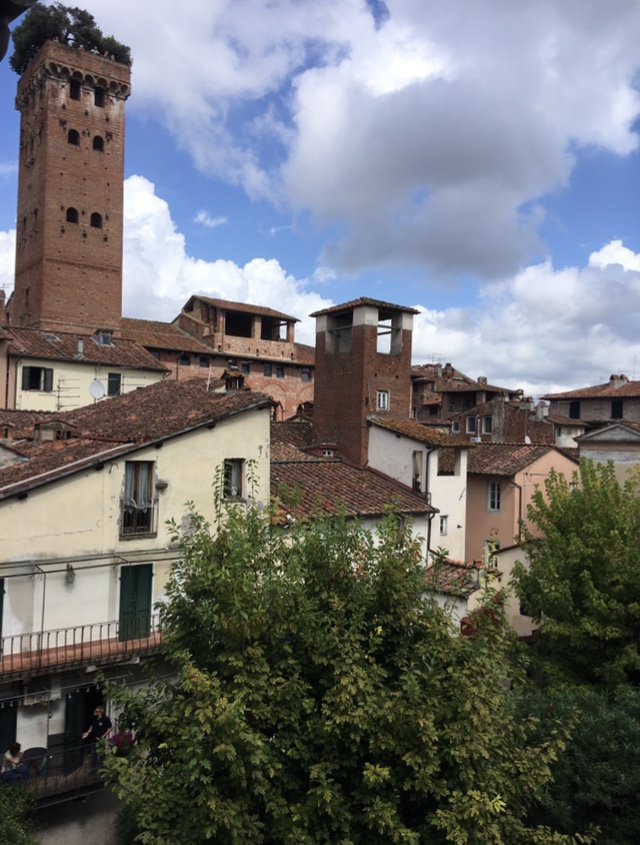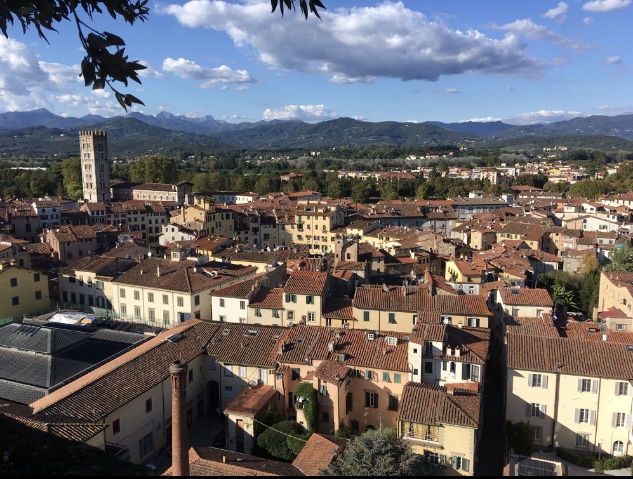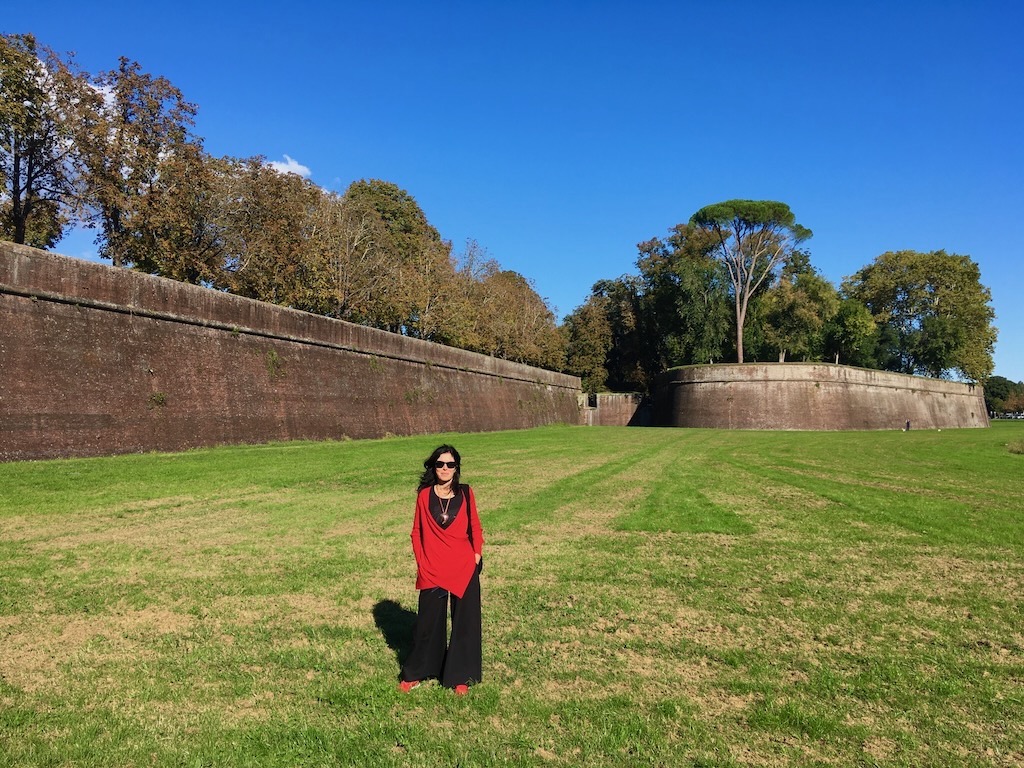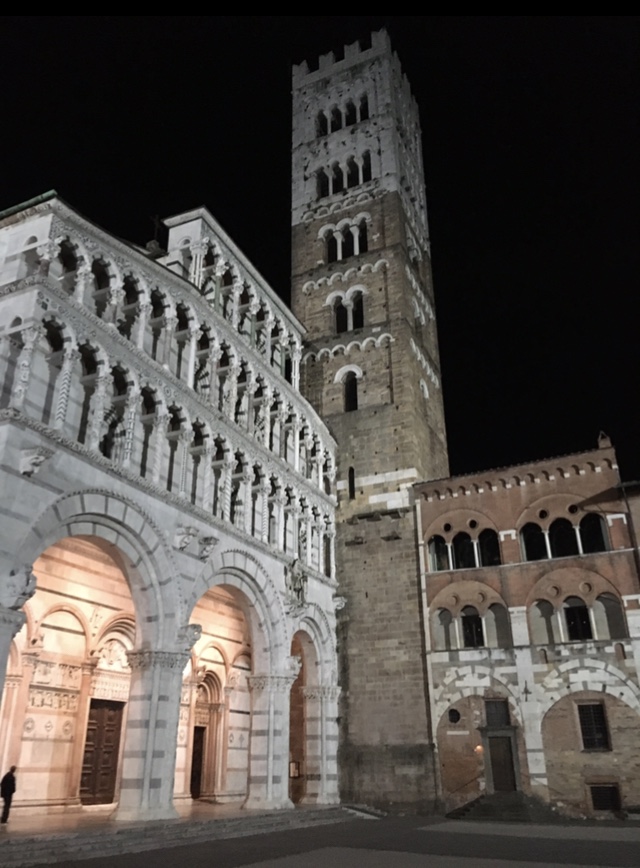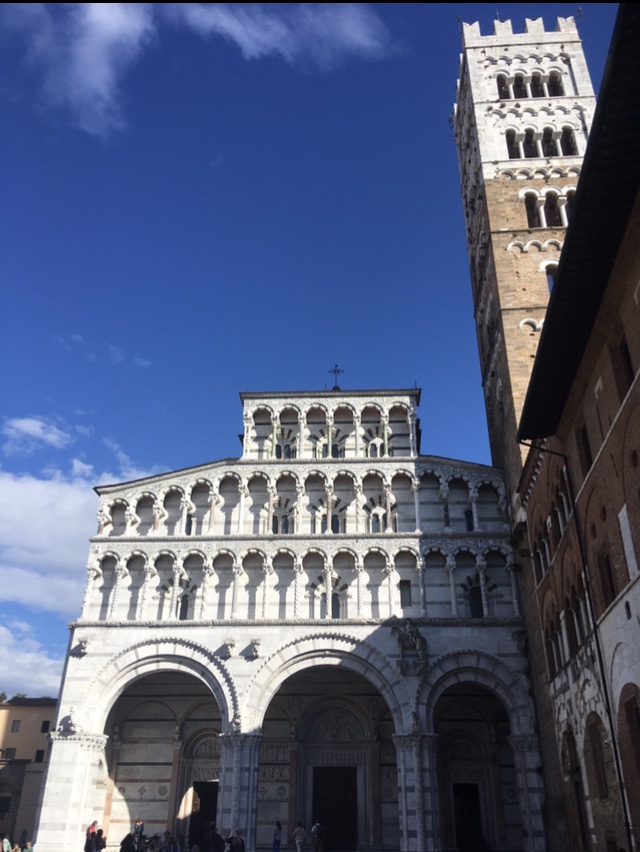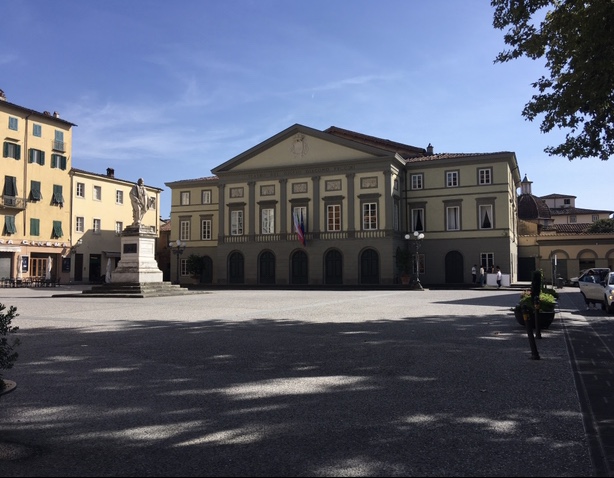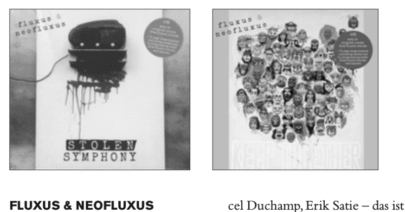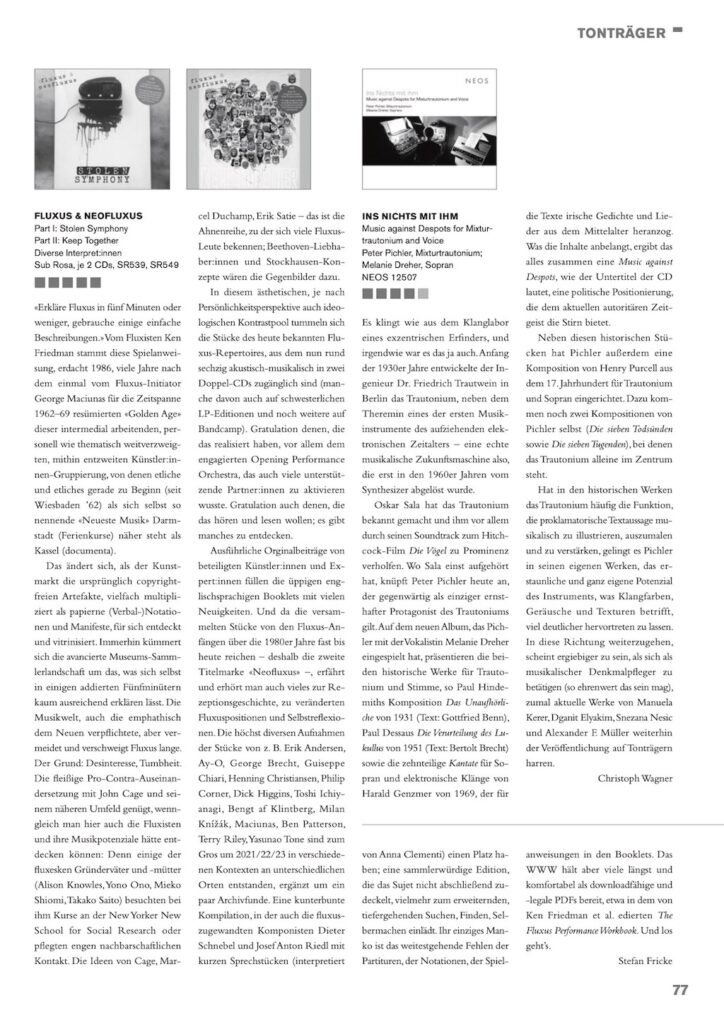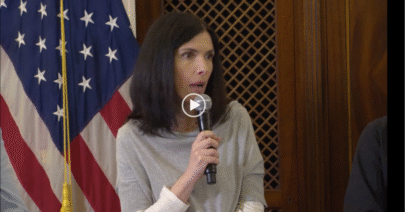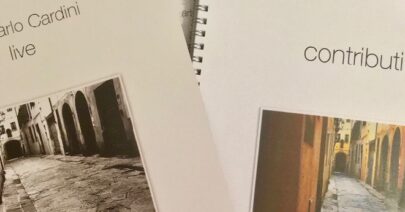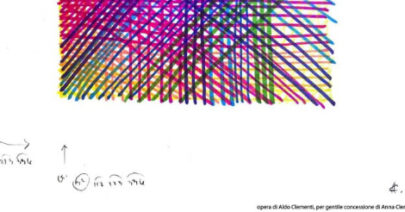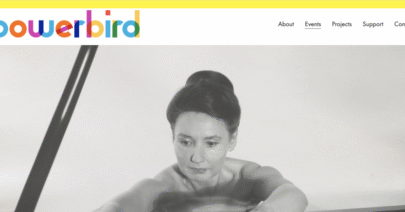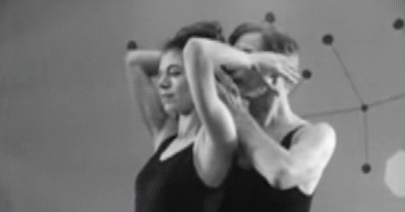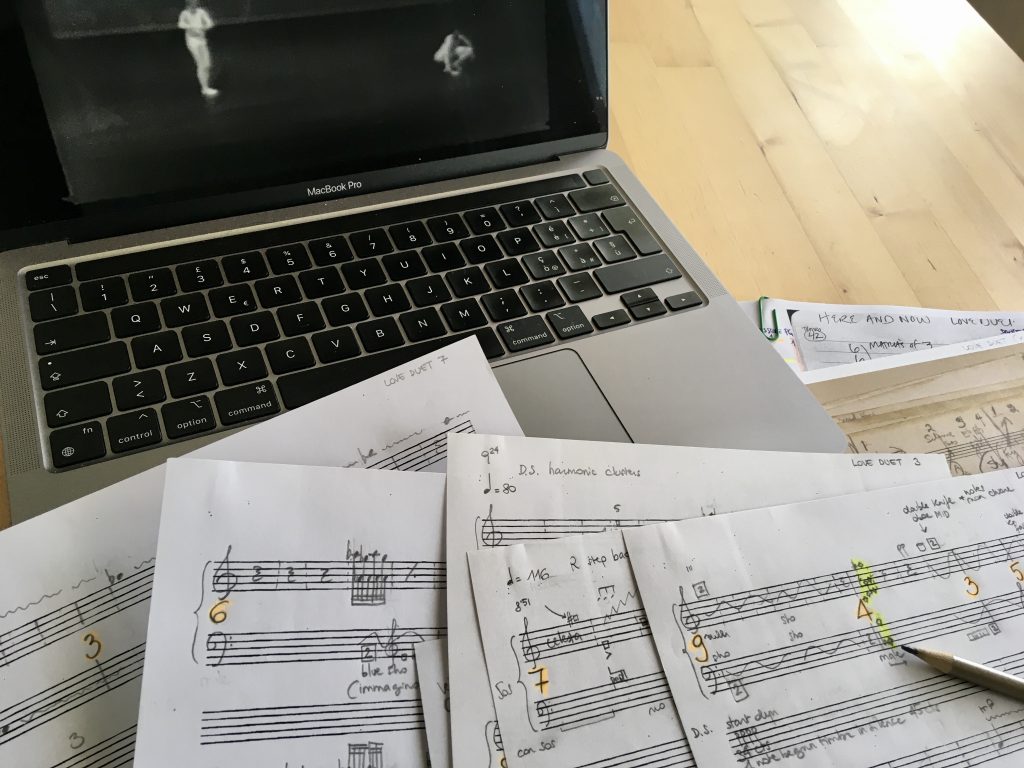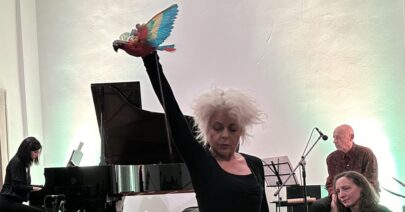
Tenure position at Conservatorio Boccherini in Lucca, Tuscany
Some months ago – in the midst of intercontinental flights, various performances and little sleep, but much satisfaction – I won a competition for a tenure teaching position at Conservatorio Boccherini di Lucca, in Tuscany.
The competition tests were mainly consisting in piano performance and orchestra first-sight score reading. In fact, I’ll be working with Orchestra Conduction and Composition students, teaching them piano performance and orchestra score reading at the piano. It’s a subject I love, because it allows to sail the vast ocean of Western music repertoire, from the Middle Age to nowadays… a never-ending discovery and recreation.
In addition, Lucca is a real jewel, a fortified city of medieval architecture with a rich past still clearly visible walking the cobbled roads. The Conservatorio carries on a prestigious tradition – Boccherini, Puccini, Giani-Luporini, and many others have walked through these doors. My room overlooks the famous Torre dei Guinigi, with its roof garden of centuries-old holm oaks (see pictures).
Very much looking forward this new beginning of the academic year, eager to test my previous experience in this new environment that will accompany me in the coming years!
